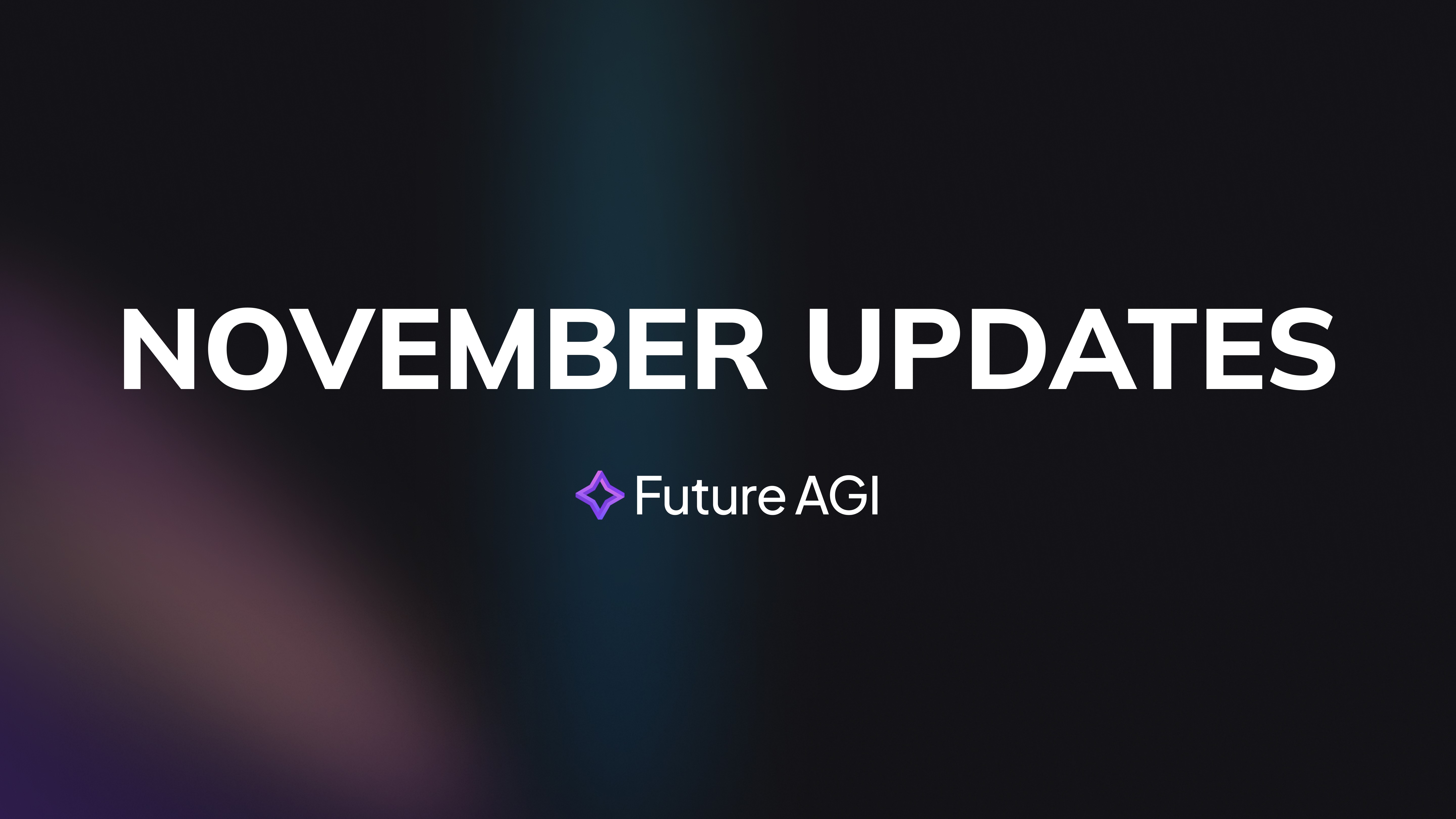Introduction
If you’re developing a product powered by a Large Language Model (LLM), you might wonder: how do I measure whether it’s working as intended? Should you focus on its ability to generate fluent responses, its accuracy in answering questions, or how well it avoids unnecessary chatter?
Well, the answer is—it depends. Metrics for evaluating LLMs can be highly product-specific. For a summarization tool, accuracy and coverage might matter most. For a chatbot, user engagement or “chattiness” might be key, depending on your goals. This blog will help you understand how to define the right metrics for your use case while also covering some standard metrics that serve as a baseline for LLM evaluation. If you're wondering how LLMs compare to other AI models, check out our guide on LLM vs. GPT
Why Metrics Matter for Evaluating Large Language Models (LLMs)
Before diving into specific metrics, let’s address why defining them is crucial. LLMs are versatile and can be used across diverse applications—summarizing documents, answering questions, providing recommendations, or even serving as conversational agents. Each use case comes with its own requirements and constraints.
For example:
A summarization tool needs to ensure outputs are concise, accurate, and complete.
A chatbot for customer support might prioritize engagement and relevance while minimizing hallucinations.
A legal document parser might focus on extracting precise, factual information with zero tolerance for errors.
Without clearly defined metrics, it’s impossible to know if your model is meeting your product goals. Understanding the differences between models like SLMs and LLMs can help in choosing the right evaluation metrics. For a deeper dive, explore our blog on Comparison Between SLM & LLM Language Models.
Top Metrics for LLM Evaluation
While your product-specific needs should drive your choice of metrics, there are some standard ones that can be applied across many LLM evaluations. Here’s a quick rundown:
Accuracy
Measures how well the model's outputs align with ground truth data. Ideal for tasks like question answering or factual text generation.
Example metric: BLEU, ROUGE for text similarity.
Relevance
Evaluates whether the generated output addresses the user query or task requirements.
Example: For a search tool, relevance could mean ranking results that match user intent.
Coherence
Checks if the output is logically structured and easy to understand.
Example: For a summarization tool, coherence ensures that sentences flow naturally.
Coverage
Assesses if the output captures all critical elements of the input data.
Example: For meeting minutes, coverage ensures no key points are left out.
Hallucination Rate
Tracks how often the model generates incorrect or fabricated information.
Example: Critical for applications like medical diagnosis or legal advice.
Latency
Measures the time it takes for the model to generate a response.
Important for real-time applications like chatbots or virtual assistants.
Chattiness
Refers to how verbose the model is in its responses.
Use Case: A conversational agent for customer engagement might value chattiness, while an enterprise bot designed to execute commands might penalize it.
User Sentiment or Engagement
Tracks how end-users perceive and interact with the product.
Example: A chatbot’s performance could be judged on how positively users rate the interaction.
Defining Use-Case Specific Metrics
Here’s the tricky part: no single metric can capture everything your product needs. Defining use-case specific metrics ensures your evaluation aligns with product goals. Let’s break this down with examples.
For a Summarization Tool
Key Metrics: Accuracy, Coverage, Coherence.
Example: “Does the summary capture all key points from the source document without adding irrelevant information?”
For a Chatbot
Key Metrics: Relevance, Chattiness, Engagement.
Example: “Is the bot’s tone engaging without overloading the user with unnecessary details?”
For a Legal Document Parser
Key Metrics: Hallucination Rate, Accuracy, Latency.
Example: “Does the model extract precise facts while avoiding hallucinated or out-of-context interpretations?”
Balancing Trade-Offs Between Metrics
Sometimes, optimizing for one metric means compromising another. For instance:
Improving accuracy often comes at the cost of latency since more processing time might be required.
Reducing chattiness could hurt engagement, especially in conversational products.
Understanding these trade-offs is critical. You’ll need to prioritize metrics based on what matters most to your users and business.
Tools for Metric Evaluation
To implement these metrics effectively, here are some tools and techniques:
BLEU and ROUGE
Widely used for text generation tasks like summarization.
Example:
Human-AI Feedback Loops
Combine automated metrics with user ratings to get a complete picture.Custom Evaluation Pipelines
Use frameworks like LangChain to create modular evaluation pipelines.
Example: Evaluating for coherence and hallucination rate:
AI-Powered Evaluators
Use models like GPT-4 or PaLM2 to assess outputs for more subjective metrics like relevance or sentiment.
Practical Tips for Metric Implementation
Start with a Baseline
Use standard metrics like accuracy and latency to establish initial performance benchmarks.Iterate Based on Product Goals
Refine your metrics as you gain more clarity about what users value most.Log and Analyze Trade-Offs
Track how changes to one metric impact others and adjust your model or product accordingly.Incorporate Real-World Feedback
Automated metrics are great, but user feedback often reveals insights that numbers can’t.
Wrapping Up: The Metric Mindset
Metrics are the compass guiding your product’s development. Whether you’re launching a chatbot or a summarization tool, the key is to define metrics that align with your product’s unique goals. Combine those with standard evaluation metrics to create a comprehensive evaluation framework.
Remember, there’s no one-size-fits-all approach. The right metrics depend on your use case, your users, and your vision for the product. By thoughtfully designing your evaluation strategy, you’ll set the stage for an LLM-powered product that truly delivers value.
At Future AGI, we recognize that defining and balancing these metrics is just the beginning of evaluating LLM performance. Our proprietary tools streamline the intricate process of measuring and optimizing these metrics, offering precise, scalable evaluation frameworks tailored to your product’s needs. Whether it’s minimizing hallucinations, improving latency, or aligning user engagement with business goals, Future AGI empowers teams to transform complex evaluations into actionable insights, driving better outcomes for your AI products.
Learn more about our tools for evaluating LLMs at Future AGI.











